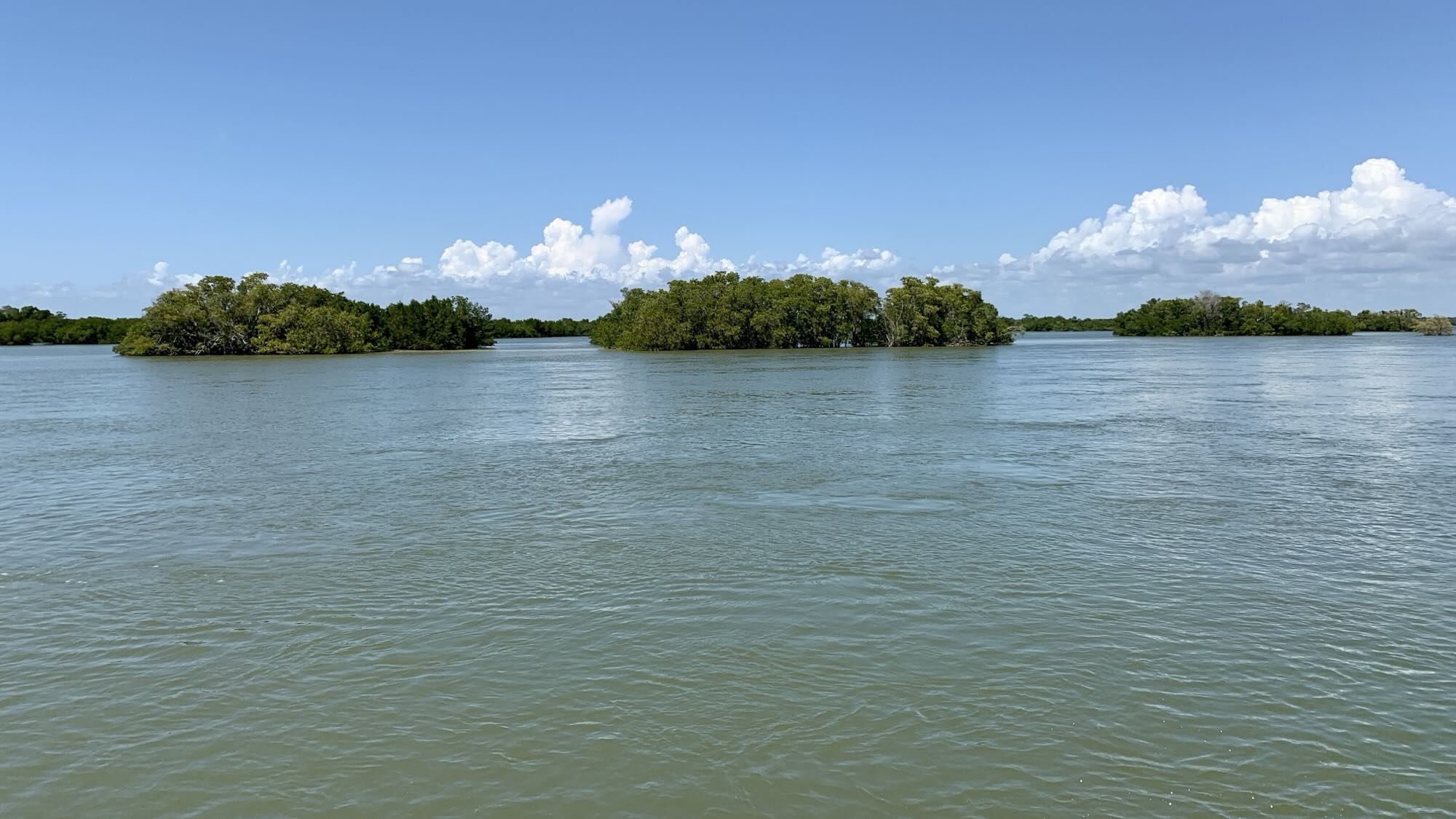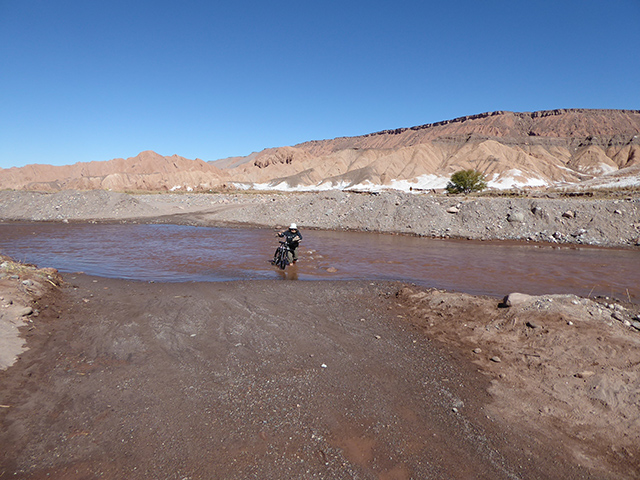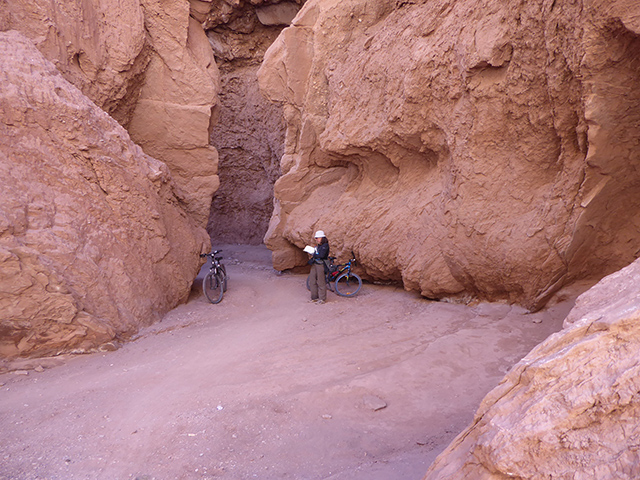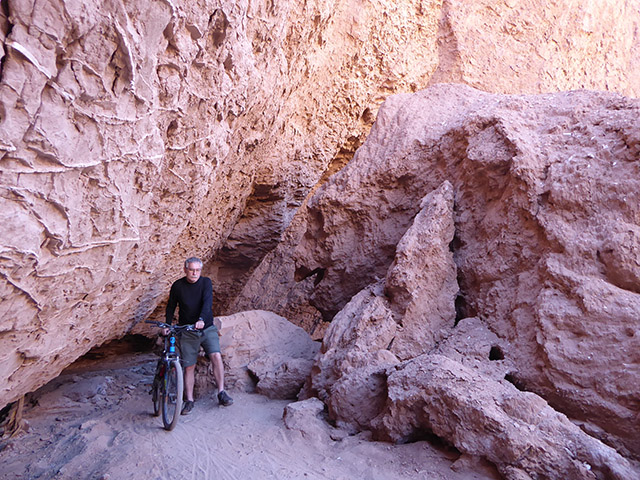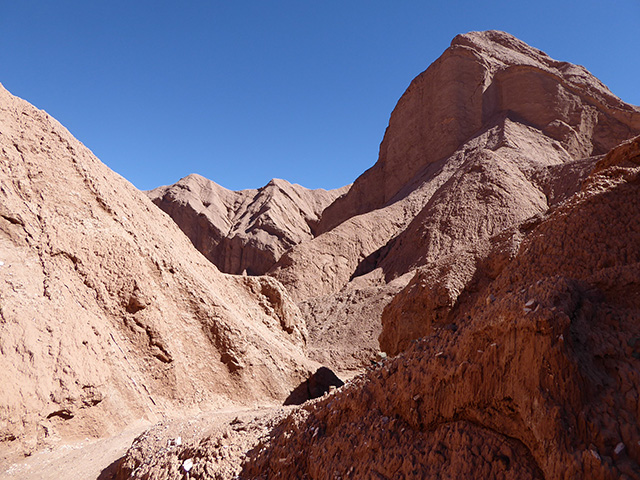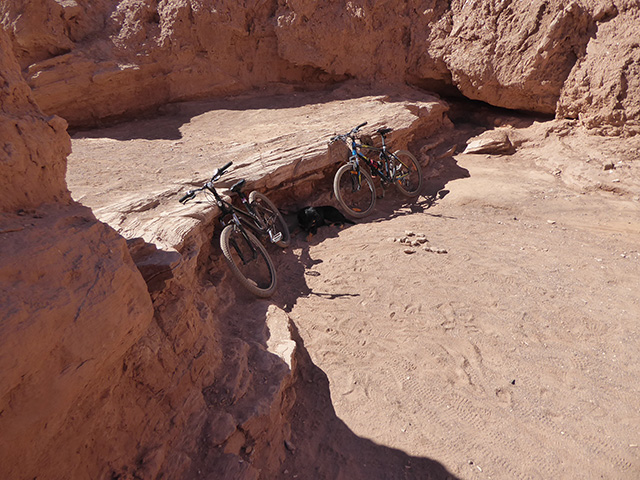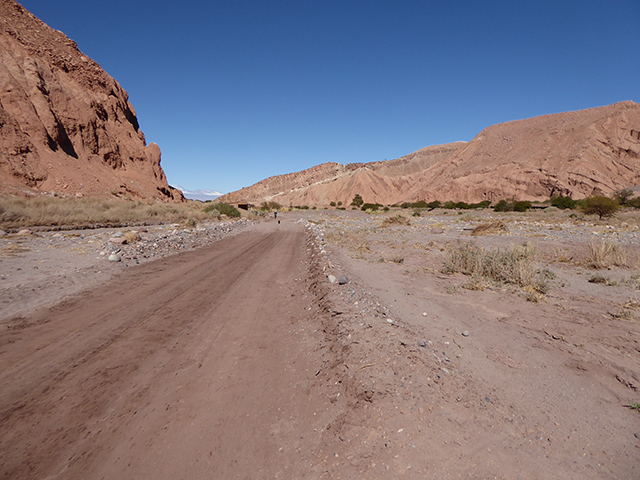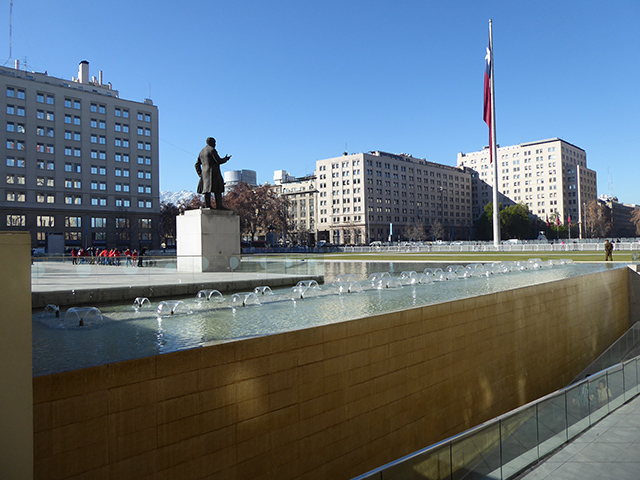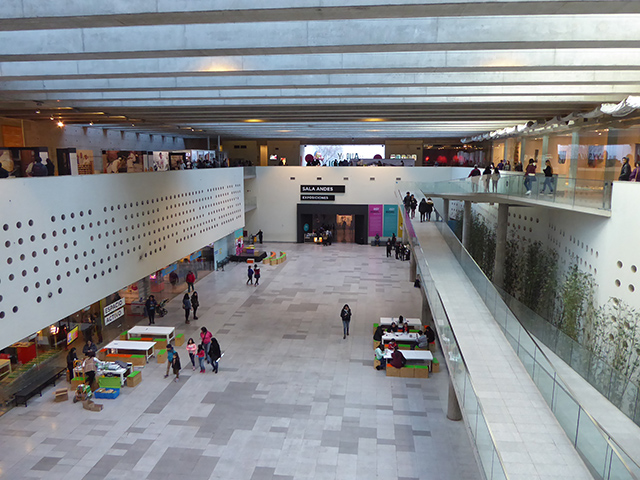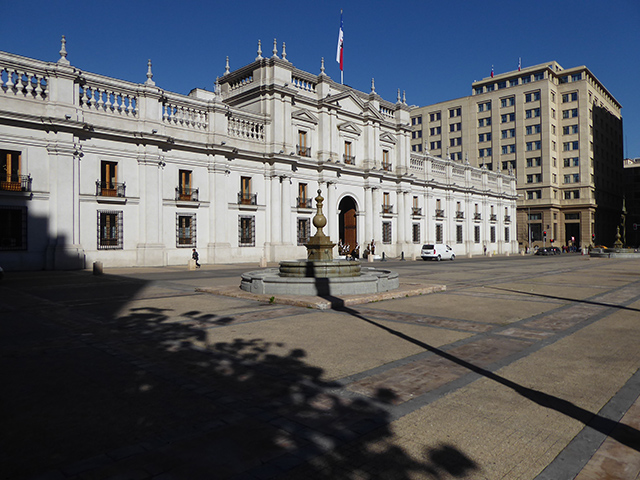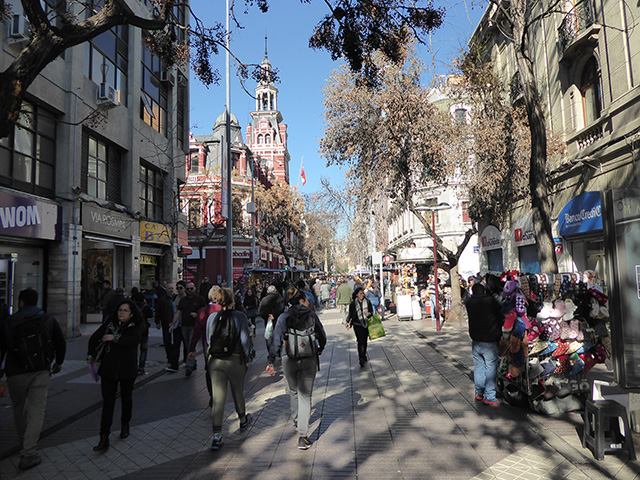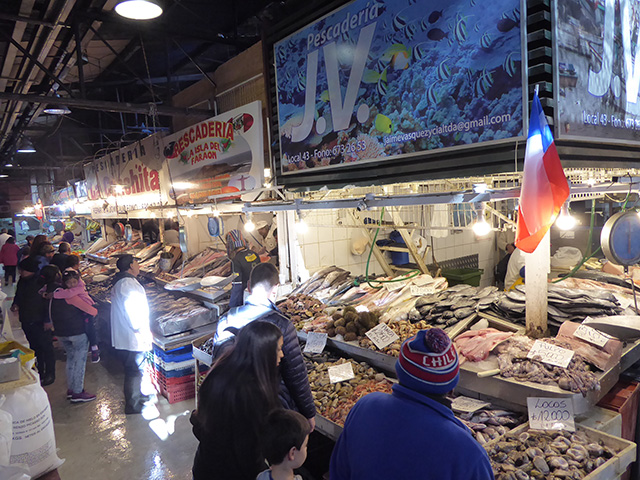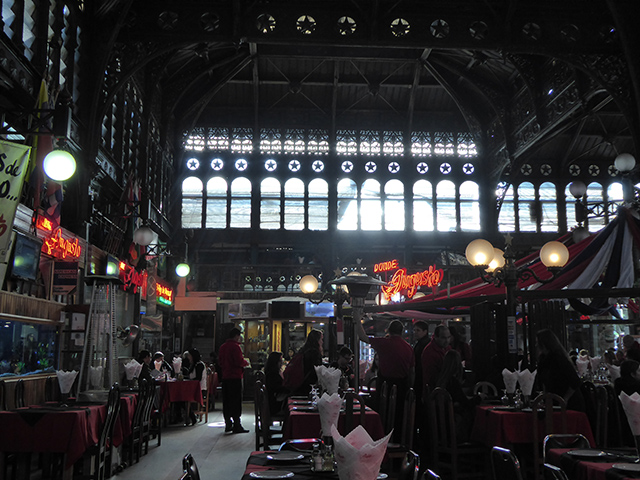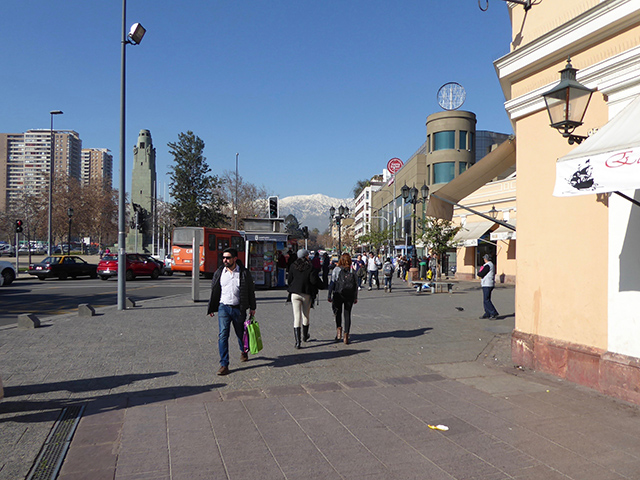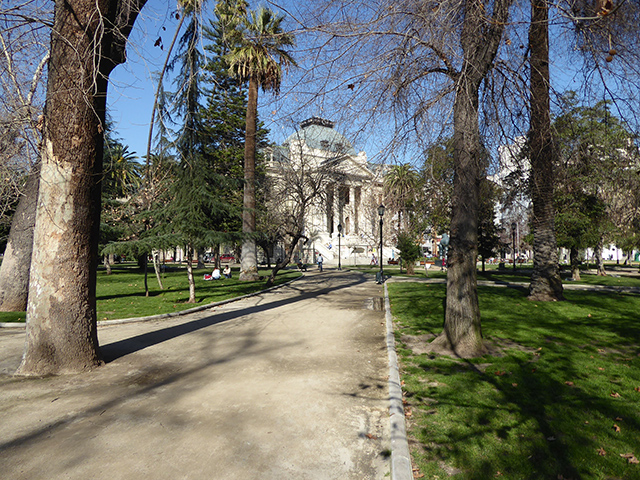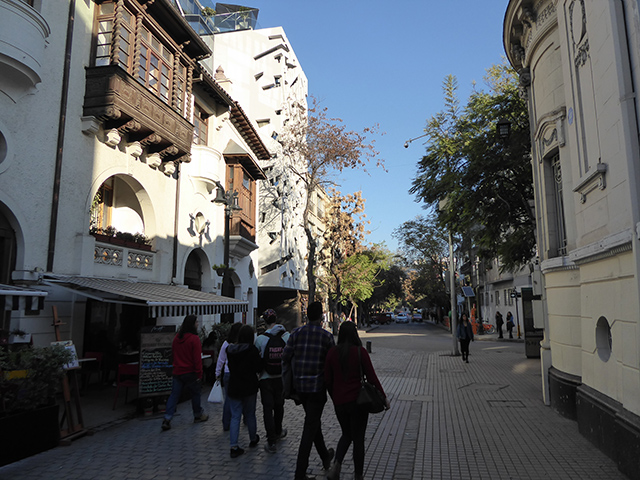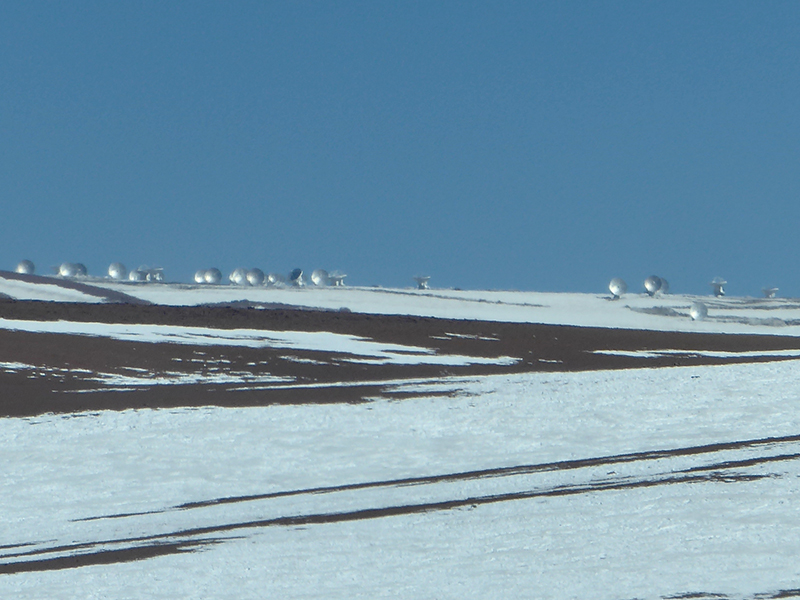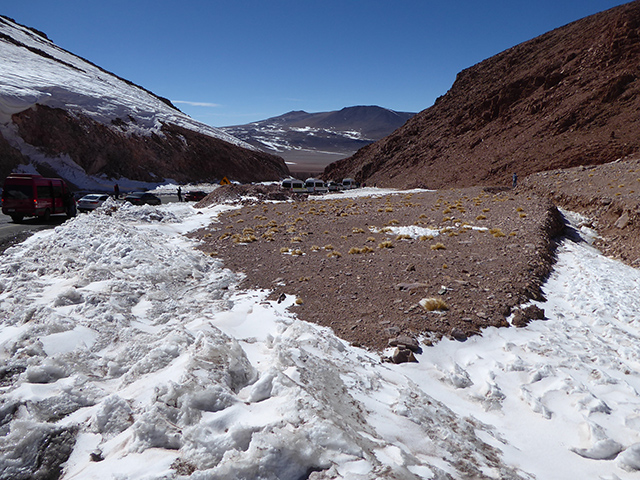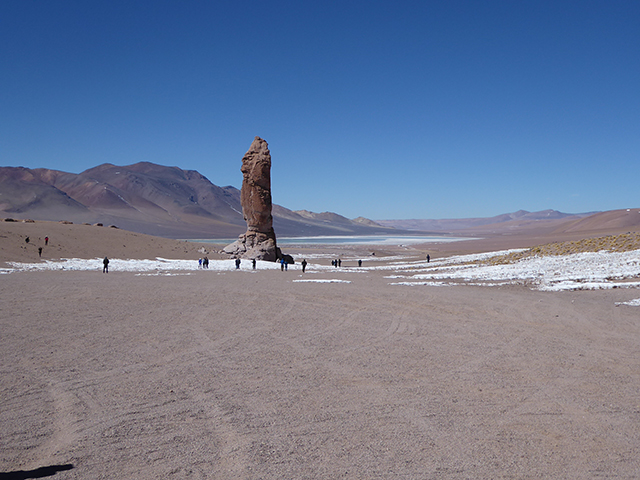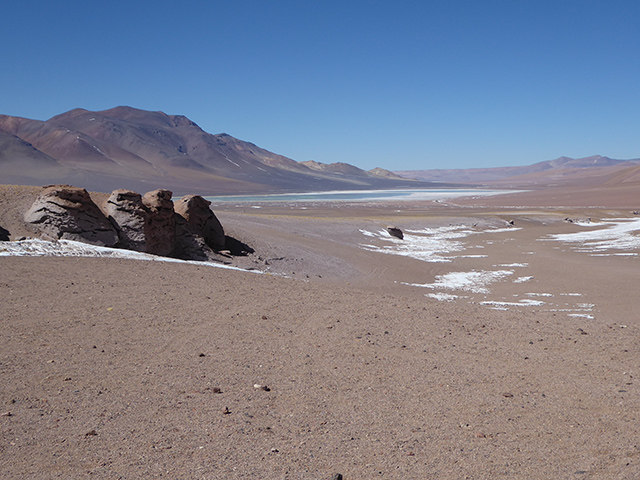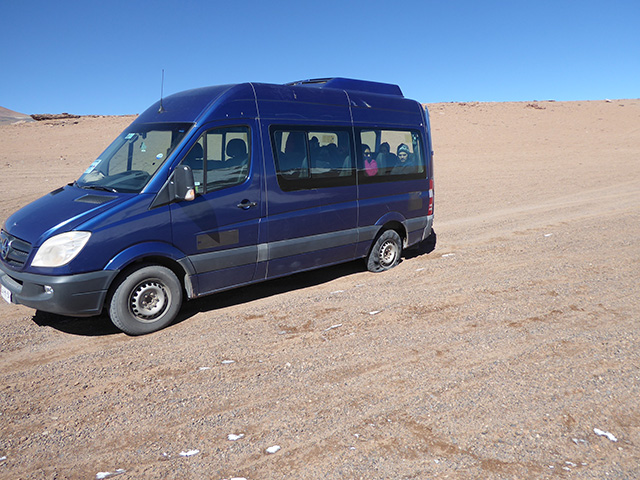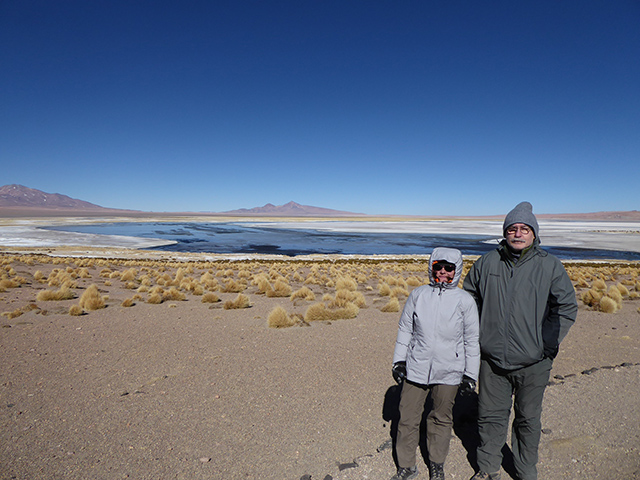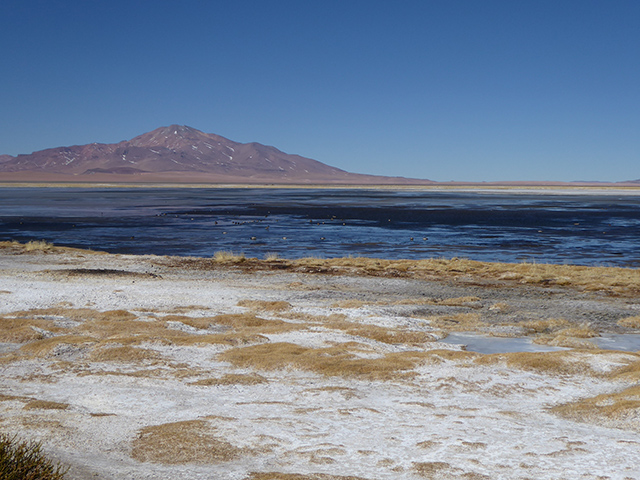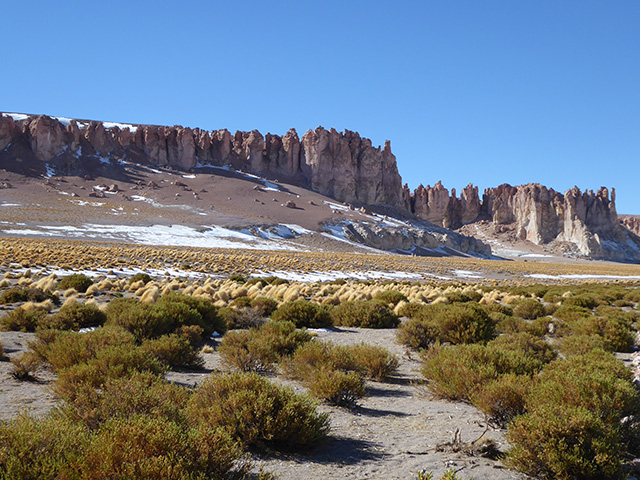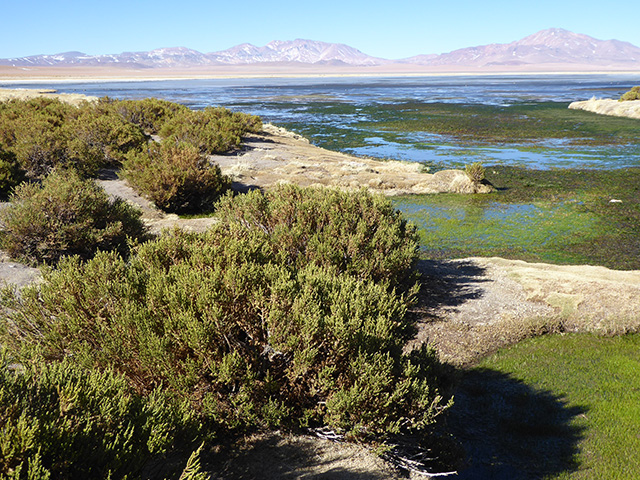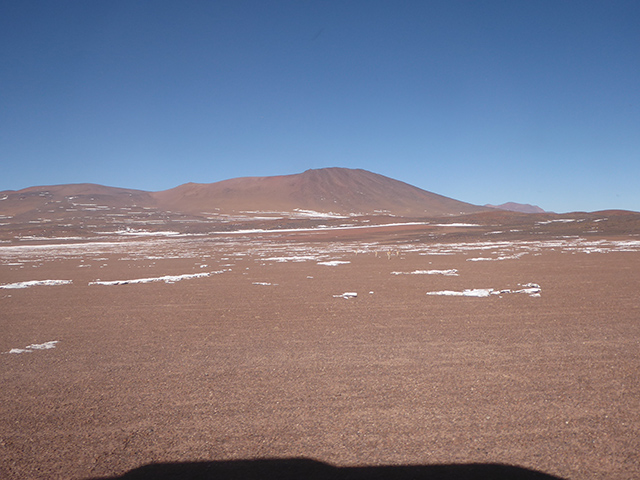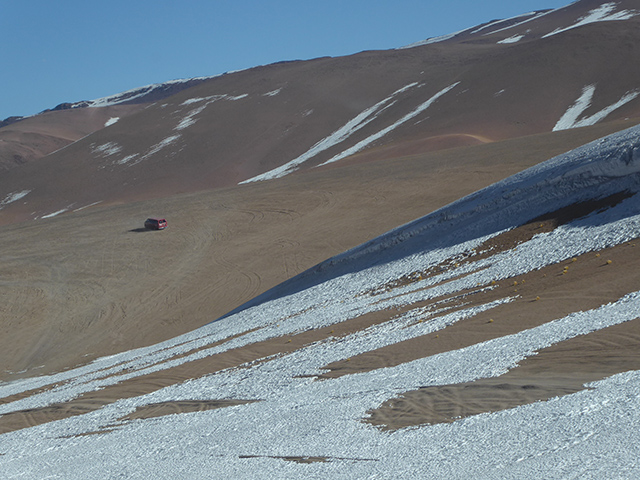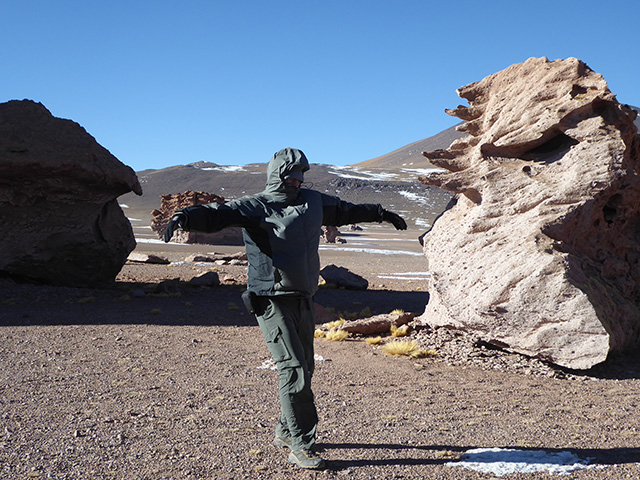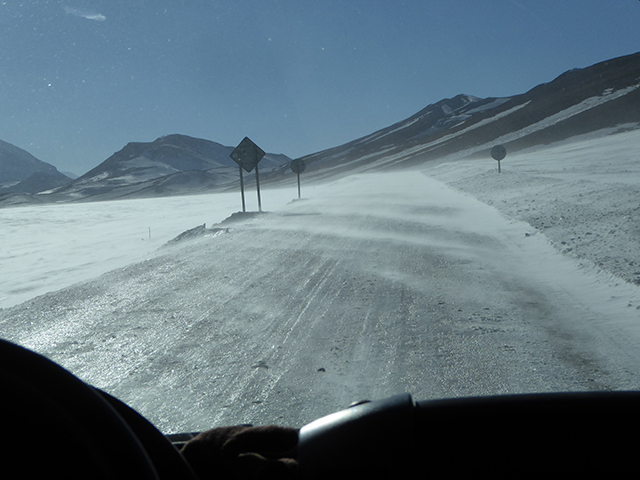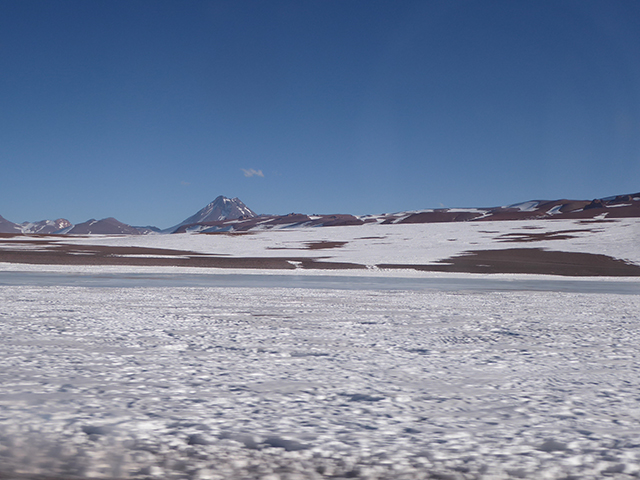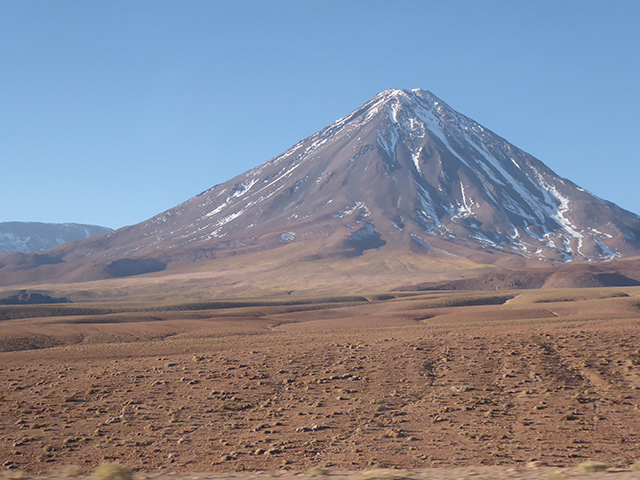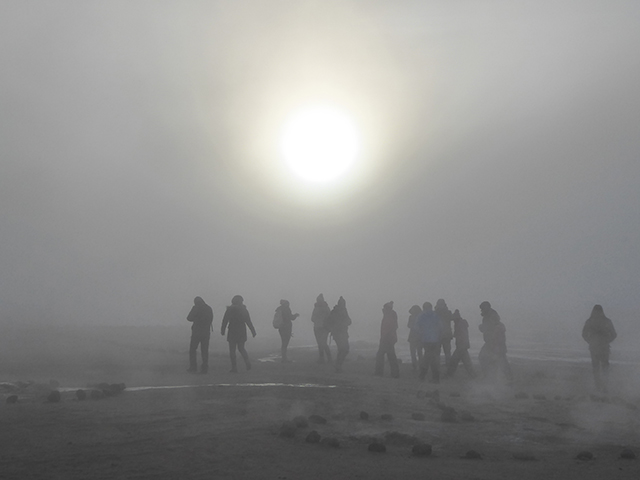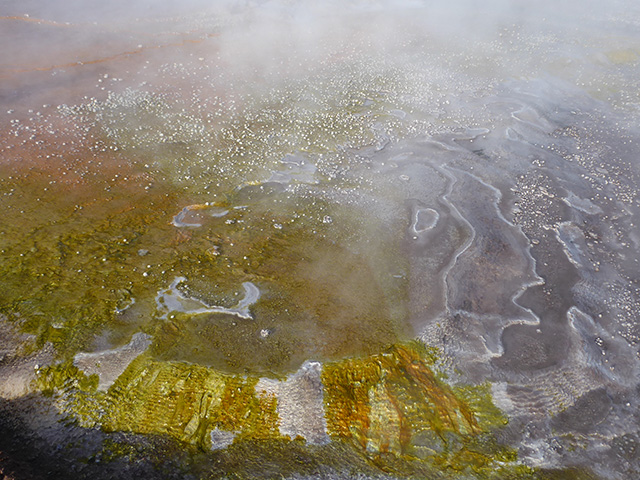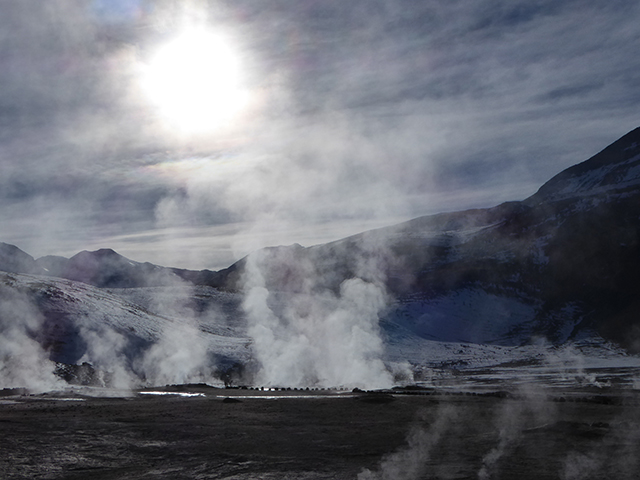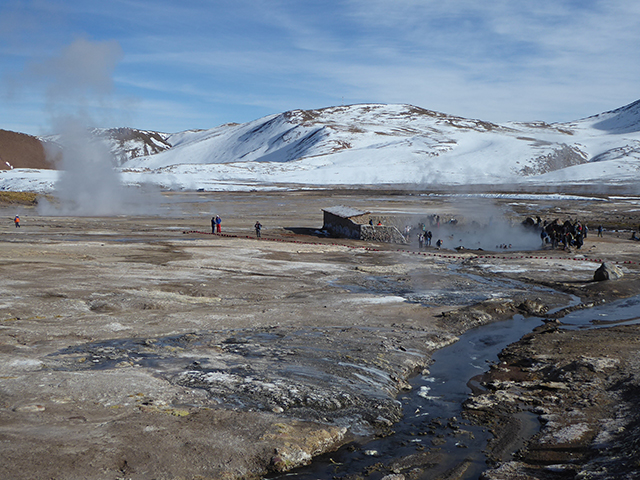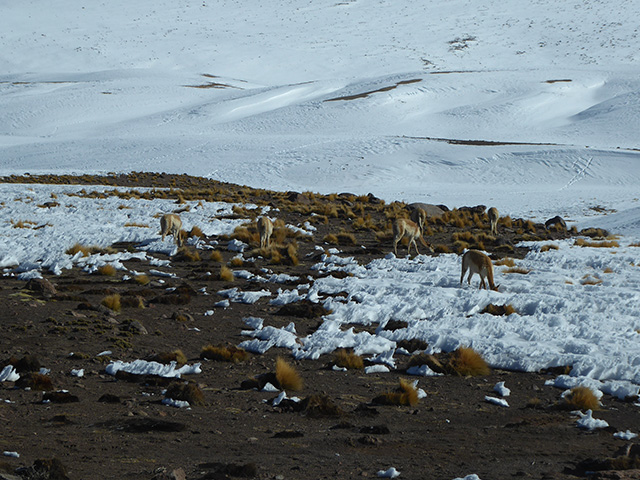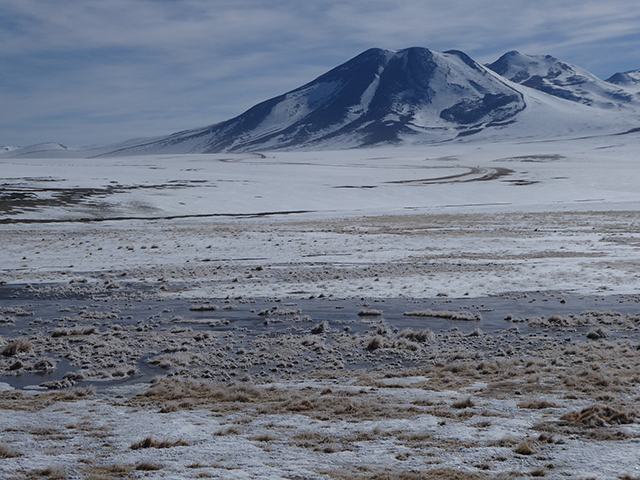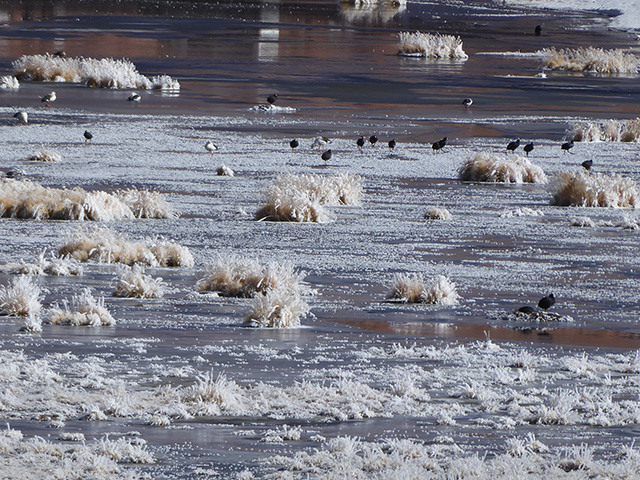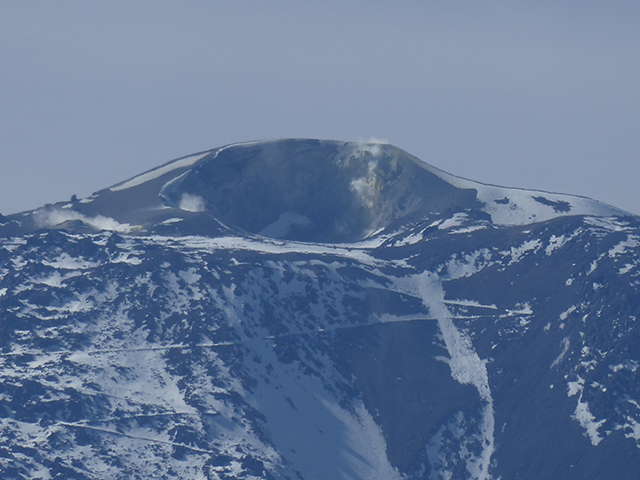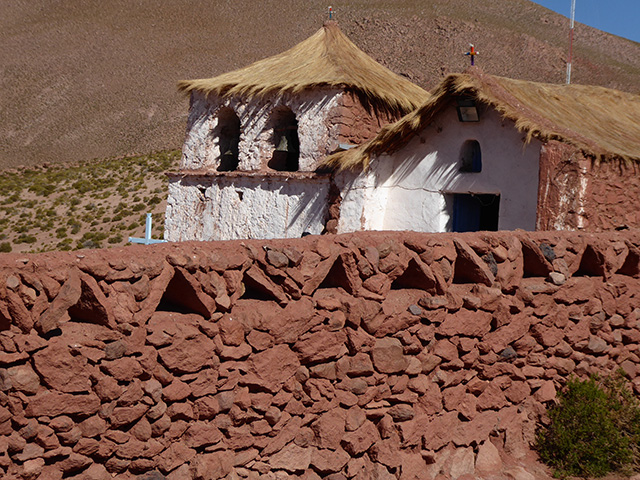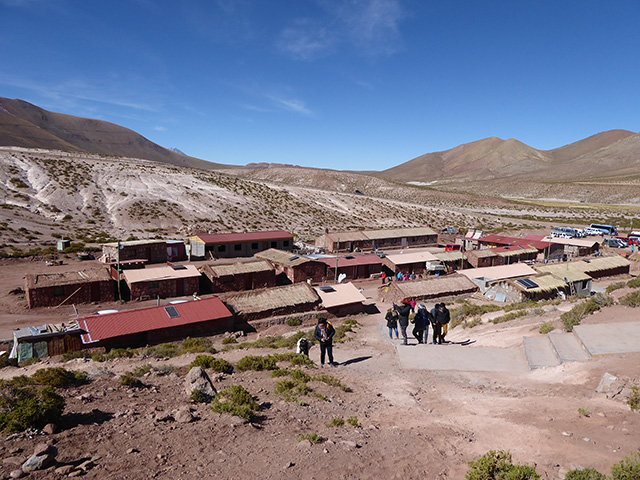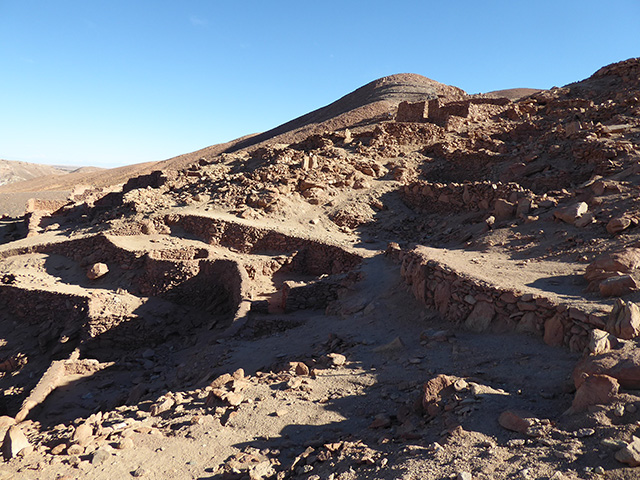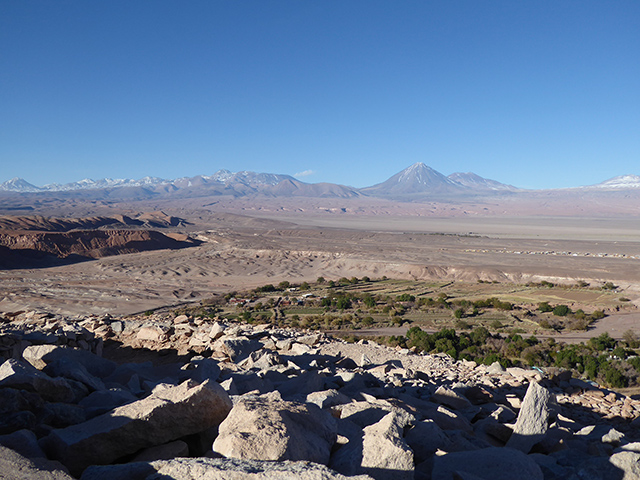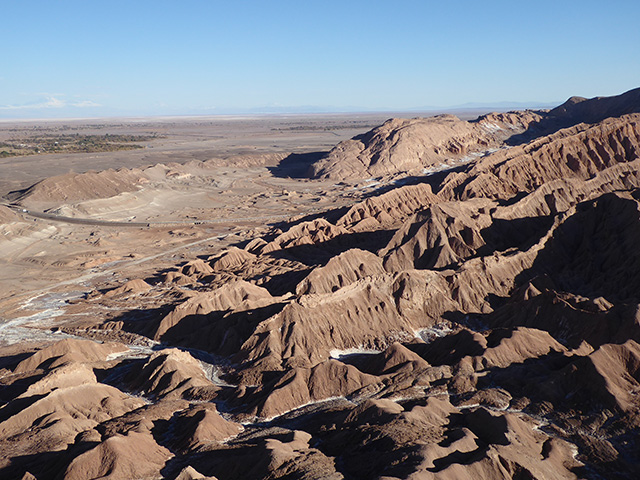Vary nice vacation added to business trip to Santiage de Chile: Pacific coast and cities, Atacama Desert, high Andes and volcanoes. We came very close to the corner of Bolivia (Laguna Colorada/Salar de Uyuni) visited in 2004.
 Itinerary
Itinerary
July 9, Sunday
Chicago ➜ ORD (departure day before) ➜ (United ) ➜ IAH ➜ SCL ➜ (Turbus) ➜ Terminal de Buses Alameda ➜ Universidad de Santiago (Metro) ➜ Universidad de Chile station ➜ Calle Lodres ➜ Iglesia Luterana de la Santa Cruz (Alemana) ➜ La Alameda ➜ Plaza de Armas ➜ Catedral Metropolitana Santiago ➜ Plaza Londres ➜ La Alameda ➜ Centro Gabriela Mistral ➜ Barrio Bellavista ➜ La Chascona ➜ Parque Metropolitano de Santiago/Cerro San Cristobal ➜ Plaza de Armas ➜ [@ Calle Lodres 36]
July 10, Monday
Calle Lodres ➜ (Metro) ➜Terminal de Buses Alameda ➜ (Turbus) ➜ Valparaiso Terminal Rodiovario/ Pedro Montt ➜Plaza O’Higgins ➜ Parque Italia ➜ Plaza de la Victoria ➜ Plaza Civica ➜ Iglesia Santa Cruz ➜ Cerro Alegre ➜ Cerro Concepcion ➜ Passeo Yugoslavo/Palacio Baburizza ➜ Mirador Paseo Gervsoni/Casa Museo Mirador Lukas ➜ Iglesia Santa Cruz ➜ Plaza Sotomayor ➜ Muelle Prat ➜ Ascensor Artilleria/Cerro Altilleria ➜ Paseo 21 de majo ➜ Plaza Sotomayor ➜ Bellavista ➜ Terminal Rodiovario ➜ (Turbus) ➜ Santiago ➜ Calle Lodres
July 11, Tuesday
Calle Lodres ➜ Pontificia Universidad Catolica de Chile ➜ Lastarria ➜ La Alameda ➜ Cerro Santa Lucia ➜Universidad ➜ Augustinas ➜ Calle Lodres
July 12, Wednesday
Calle Lodres ➜ (Transvip taxi) ➜ Aeropuerto ➜ (LATAM) ➜ Calama ➜ (Transvip) ➜ San Pedr ➜ Lascar ➜ Tour agencies Caracoles St ➜ Piedra del Coyote ➜ Valle de la Muerte (Marte) ➜ Valle de la Luna ➜ Duna Major ➜ [@ Calle Lascar 667]
July 13, Thursday
Calle Lascar ➜ Valle Arcoiris ➜ Yerbas Buenas Petroglyphs ➜ San Pedro ➜ Iglesia San Pedro ➜ Plaza de Armas ➜Caracoles ➜ Calle Lascar
July 14, Friday
Calle Lascar ➜ Laguna Miscanti ➜ Piedras Rojas ➜ Laguna Chaxa ➜ San Pedro ➜ Calle Lascar
July 15, Saturday
Calle Lascar ➜ Geyser El Tatio ➜ Putana wetlands ➜ Machuca ➜ San Pedro ➜ Pukara de Quitor ➜ San Pedro ➜Calle Lascar
July 16, Sunday
Calle Lascar ➜ Monjes de la Pacana ➜ Salar de Tara ➜ Monjes de la Pacana ➜ San Pedro ➜ Calle Lascar
July 17, Monday
Calle Lascar ➜ Quebrada del Diablo ➜ Lascar St ➜ (Transvip) ➜ transfer Calama ➜ (LATAM) ➜ to Santiago ➜ (Transvip) ➜ [@ Calle Lodres 36]
July 18, Tuesday
Calle Lodres ➜ La Moneda ➜Palacio de la Moneda ➜ Centro Cultural La Moneda ➜ Plaza de Armas ➜ Mercado Central ➜ Mapocho River/Parque Forestal ➜ Barrio Bellavista ➜Jose Victorino Lastarria ➜ Calle Lodres ➜ (metro and bus) ➜SC ➜ (United) ➜ ORD (via IAH arrival the next day) ➜ Chicago.

On the last morning in San Pedro, we rented bikes and rode to Quebrada del Diablo (Garganta del Diablo, Devil’s gorge or throat), easy and flat. Another friendly dog accompanied us the whole trip. It was a great day, exploring on our own only second time while visiting Atacama, a great feeling after all the tours. Just few bikers on the road/trail. First we were riding along San Pedro river (crossing icy water twice each way) and than in a narrow canyon, exploring some side canyons as well. Winter weather was perfect: sunnny and 20℃.
 Biking to Quebrada del Diablo
Biking to Quebrada del Diablo
Map combines 2 partially overlapping trails: to Pukara de Quitor and to Quebrada del Diablo.
Click on wikiloc logo to see more details
After lunch we went to Calama airport with Transvip again, on time and efficient, and returned to Santiago late at night. It was almost midnight so we took Transvip transfer to our AirBnB – cheaper than taxi, but equally fast and well organized.
On our last day in Chile we went to Palacio de la Moneda and Centro Cultural La Moneda where we visited Andy Warhol exhibition (Andy Warhol, Icono del Arte Pop). Then we met with Aldo again at Plaza de Armas. We had great seafood lunch in Mercado Central, walked along Mapocho river across Parque Forestal, and tried again to go to Cerro St. Cristobal, but waiting line for funicular was as long as on Sunday afternoon, so we just had ice cream and coffee, and later tried some aged pisco. This time snow-covered Andes were well visible from Santiago. We took metro and bus to the airport for our late flight back home.
